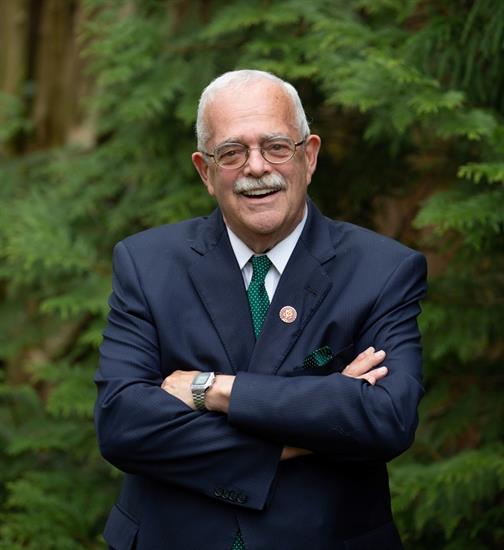The Black Man Who Co-Discovered the North Pole
Black History Month is a time to celebrate the accomplishments of Black historical figures. A lot of people spend the month learning about Dr. Martin Luther King, Jr., Malcolm X, John Lewis, Zora Neale Hurston, Frederick Douglass–the list goes on. But it is just as important to raise awareness and remembrance of figures who aren’t quite as famous.
Best known for the 1908-1909 expedition that discovered the planet’s geographic North Pole, Matthew Henson is considered by some to be one of the greatest explorers of all time.
Henson was born into a family of Black sharecroppers in Maryland just one year after the Civil War ended. Soon after his birth, however, his family was forced to move to Georgetown as the Ku Klux Klan terrorized free Black men and women, including Henson’s parents. Henson’s childhood was turbulent. He lost both his parents, so he lived with his uncle in Washington, D.C. until his uncle also passed.
It was when he was ten years old that he heard Frederick Douglass speak and was inspired by his story as an escaped slave who had fought his way to education. Like Henson, Douglass was also a Maryland native, and he encouraged education among all Black people.
When he was twelve years old, in 1878, his career at sea began. Henson moved to Baltimore where he went to sea working on a merchant ship that traveled all over the world. It was on that ship, that Henson’s passion for exploration was fostered and he began to learn the skills necessary to traverse the globe.
In the next decade, Henson returned to D.C. where he met Commander Robert Peary who recruited him as an aide for an expedition to Nicaragua where Peary surveyed a canal. Peary and Henson became partners after their first voyage together, and over the following 20 years, the two conducted seven expeditions into the arctic.
A year before the famous expedition where Peary and Henson journeyed further north than anyone before, Henson married Lucy Jane Ross.
According to National Geographic, Peary and Henson were joined in their journey by 49 Inuit people.
Henson is one of six people who claim to be the first to reach the North Pole, and he was the one to plant the American flag there.
After the expedition, Henson told The New York Times, “I was in the lead that had overshot the mark a couple of miles. We went back then and I could see that my footprints were the first at the spot.”
Henson died in 1955, and for most of his life, he did not receive recognition for his accomplishments despite having contributed so much to Robert Peary’s claim to fame. While Henson was forgotten by history, Peary was promoted to the rank of Admiral and received honors from private organizations and Congress.
In 2000, the National Geographic Society posthumously awarded Henson the Hubbard Medal, which recognizes distinction in exploration, discovery, and research.
Though history books seldom include Henson, his family is proud of his legacy, and it has driven their accomplishments.
Henson’s great-great-great-nephew, Rozia A. Henson, Jr., currently lives in Prince William County and serves on the Prince William County Historical Commission as commissioner for the Woodbridge District. Additionally, he was recently elected Vice President of the Prince William Young Democrats, and he ran for Delegate in the 2020 Democratic primary for the 2021 special election in District 2.
“Knowing that I am related to Matthew Henson at a young age helped shape my purpose,” said Henson. “Meaning, sometimes I have to charter the road less traveled and pave the way to make it just a little easier for people to travel after I am gone. My grandfather, James E. Henson, stuck by this as a human rights attorney who co-founded the first black law society in Howard County, Maryland. Our family has always had a passion for taking chances and serving the people.”
Though his accomplishments are often overlooked, forgotten, and erased from history, Matthew Alexander Henson was the Black man who co-discovered the North Pole.



